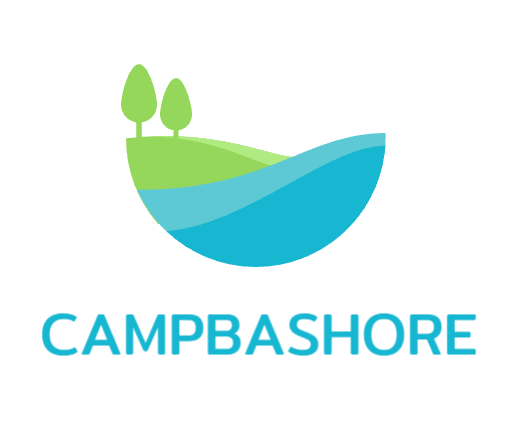The educational landscape is almost on the cusp of a revolution driven by Artificial Intelligence (AI). Gauth, a renowned AI-powered learning platform, stands at the leading edge of this variation. However, effective AI integration in classrooms requires a nuanced approach that addresses the needs and concerns of educators. This article explores the current state of AI adoption in education, highlighting five key areas where Gauth empowers educators and fosters a successful transition into the age of Generative AI (GenAI).
The Human Touch in the Age of GenAI
It's crucial to not forget that AI isn't always a substitute for educators. Gauth acts as an effective tool, augmenting human talents. Educators carry irreplaceable abilities – empathy, critical questioning, and the capacity to recognize the personal needs of individuals and students. The best scenario is a synergistic partnership between educators and AI.
For instance, imagine a student struggling with international trade concepts. The teacher, leveraging Gauth, can present real-world examples like "what is chile's third biggest export?". This can spark curiosity and lead to further exploration guided by the educator. AI facilitates personalized learning journeys, while the educator provides human connection and fosters a deeper understanding of the subject matter.
Gauth's Approach to Empowering Educators
Gauth recognizes the importance of a collaborative approach to AI integration in education. Here are five key areas where Gauth empowers educators:
Comprehensive AI Literacy Training
Educators shouldn't be expected to become AI experts, they only need to be aware of foundational knowledge. Gauth offers comprehensive training programs that demystify AI functionalities, highlighting its potential benefits and limitations within the classroom setting. This empowers educators to make informed decisions about AI integration in their lesson plans.
Job-Embedded GenAI Applications
Instead of presenting AI as a separate entity, Gauth focuses on seamless integration with existing teaching practices. The platform provides educators with a broad library of AI powered resources readily applicable to their educational curriculum. This may include personalized practice problems, interactive visualizations of complex concepts, or AI-generated quizzes customized to learning objectives.
Strong Guidance on Responsible Use
Ethical considerations are paramount. Gauth prioritizes responsible AI use by providing educators with clear guidelines. These guidelines address issues like data privacy, plagiarism prevention, and ensuring AI-generated content aligns with educational objectives.
Safe and Reliable GenAI Tools
Educators need to feel confident in the tools they use. Gauth prioritizes robust quality control measures throughout its development process. This makes sure that AI generated content is accurate, unbiased, and aligns with established learning standards.
Dedicated Resources for Educators-Led Innovation
Educators are the foundation of successful learning. Gauth fosters a collaborative environment where educators can share best practices, experiment with AI tools, and provide their feedback. This fosters a culture of continuous improvement and ensures that AI keeps serving the needs of educators and students as well.
Educators and the Hesitation to Embrace AI
Despite the massive potential of AI in education, a consequential gap exists between the theoretical concepts and practical implementation. While some schools and educators have begun exploring AI tools, the majority remain hesitant. A recent Edweek survey revealed that two-thirds of K-12 educators haven't used AI tools yet, with fear and uncertainty being prevalent emotions. Concerns about AI cheating, negative learning impacts, and job displacement contribute to this reluctance.

However, amidst these concerns lies a flicker of hope. The same Edweek survey found that half of educators expressed excitement or optimism about GenAI's potential. This enthusiasm underscores the need for a bridge – a way to equip educators with the knowledge and tools needed to harness the power of AI responsibly and effectively.
Conclusion
Gauth recognizes that navigating the age of GenAI requires a collaborative approach. By empowering educators with AI literacy, providing job-embedded applications, prioritizing responsible use, and fostering continuous innovation, Gauth bridges the gap between technology and human expertise.


